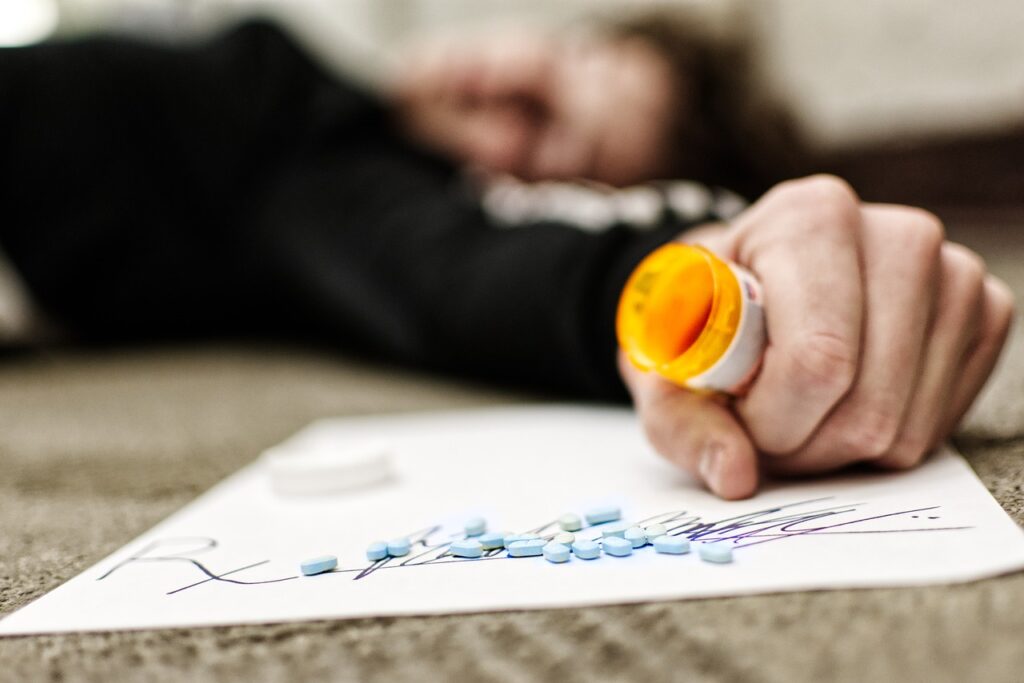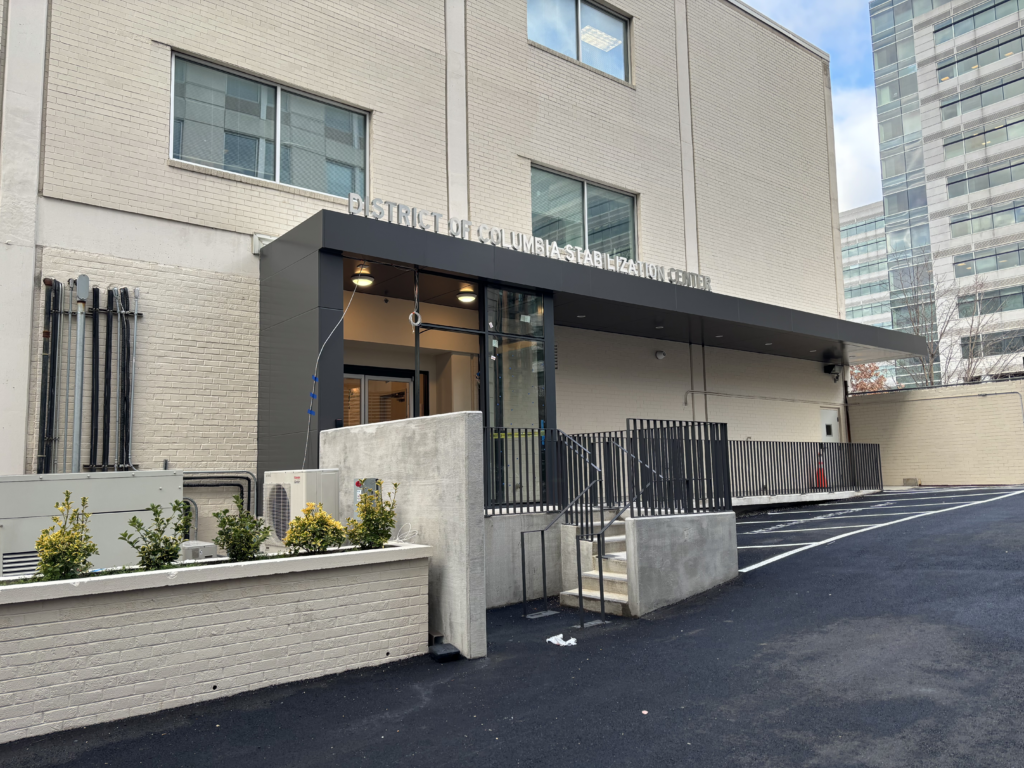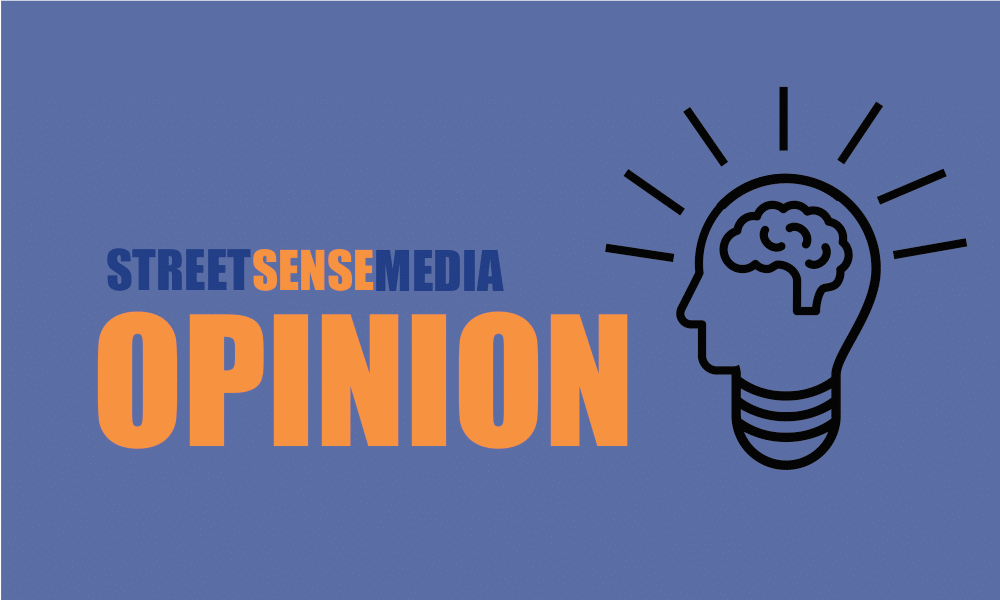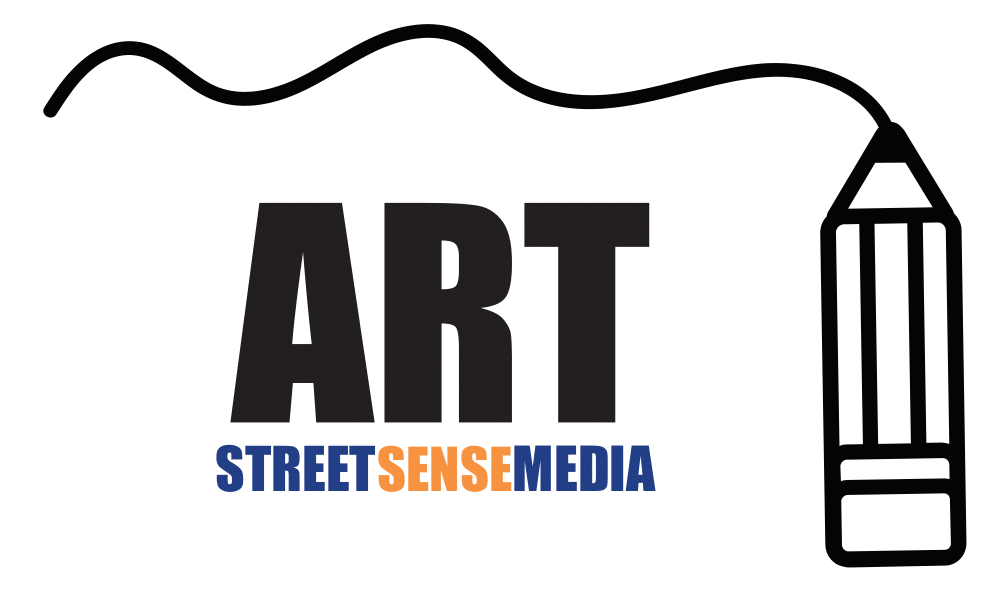While no one could have predicted the immense grief and loss collectively experienced from this pandemic, it exposed, more tangibly than ever, many existing structural social and health inequities. In D.C., for instance, Black residents died at 6 times the rate of white residents, the highest disparity in the nation. The COVID-19 pandemic also heightened the District’s existing overdose crisis, with a record 408 opioid-related overdose fatalities in D.C. during 2020. D.C.’s unprecedented overdose death rates in 2020 underscore what happens when social systems of support are abruptly cut off. They also highlight ongoing gaps in D.C.’s overdose prevention response.
When lockdown began in March 2020, HIPS and other organizations serving people who use drugs scrambled to adapt to our new reality. Some service organizations shut down entirely; others, like ours, continued to operate with modified schedules, finding new ways to support clients through methods like increasing targeted outreach to enroll new patients into our treatment program. But the pandemic’s multifaceted impacts, like greater financial insecurity, an increasingly erratic street drug market, and increased use of drugs while alone – a practice harm reduction advocates have always urged against – left people who use drugs more vulnerable than ever.
In December 2018, the District released its LIVE.LONG.DC report that mapped out a series of public health strategies designed to ”reduce opioid-related deaths 50% by 2020” and more broadly address citywide substance use issues. That strategic plan is being re-envisioned in a newly released version in the wake of COVID-19’s all-encompassing devastation.

In the 2018 LIVE.LONG.DC report, one small-budget item proposed was to “consider safe injection sites,” which included establishing a working group to map out the details of a potential site in D.C.. Also known as safe consumption spaces or overdose prevention sites, they are clinical spaces where people can safely use street drugs under medical supervision, typically with wraparound services also available on-site like treatment, drug use education, wound care, and HIV/HCV testing. While none legally operate in the United States currently, we have decades of research from many models internationally that exhaustively reveal their success in preventing overdose fatalities (no one has ever fatally overdosed at over 120 sites worldwide), increasing linkage to substance use disorder treatment and HIV/HCV care, reducing injection-related health issues like abscesses, and reducing both public use of drugs and public disposal of used syringes.
Given the proven efficacy of these sites, it’s disappointing to see that the modified LIVE.LONG.DC plan only asks that they still be “considered,” with the goal to “continue to convene meetings with invested stakeholders.”
Perhaps the greatest success of D.C.’s 2018 strategic plan was the sudden widespread availability of naloxone, the opiate overdose reversal medication whose expansion undoubtedly saved many lives. Similarly, the updated 2020 strategy is one of the most progressive in the country, and should be lauded for innovative proposals like establishing low-barrier harm reduction vending machines and a 24/7 harm reduction drop-in center.

Alongside those innovations, it’s past time the city takes action to establish its first safe consumption space. The gap in services they fill has always been apparent to me as an outreach worker who provides equipment for people to use more safely but with the knowledge that many still do so in high-risk settings, like alleyways, public restrooms, and/or alone. That gap became more apparent during the pandemic as usual support systems evaporated and many more people used (and often died) alone. Models for safe consumption spaces are versatile. Many, for example, operate as “pop-up” mobile sites on vans or in tents. If we’d had an infrastructure of sites like this in place prior to the pandemic, it’s likely that lives could’ve been saved.
Unfortunately, the root of not just D.C.’s but the nation’s overdose crisis lies in archaic drug laws that continue to systematically harm people who use drugs, most disproportionately poor communities of color. As long as criminalization of drug use persists, no innovative idea or investment in overdose response will prevent fentanyl from devastating our loved ones and communities. Decriminalization is a policy concept that has been taken up by international bodies like the United Nations and the World Health Organization as well as countries like Portugal, where overdose rates are a tiny fraction of what we experience domestically.
In 2016, 62 percent of opioid overdose fatalities in D.C. involved fentanyl. That number has steadily risen to 94 percent in 2020. We’ll continue to provide naloxone, fentanyl test strips, and other essential harm reduction resources to people who use drugs. But ultimately, only the full decriminalization of drugs will begin to seriously address our increasingly deadly street supply.
Shane Sullivan is a harm reduction outreach worker with HIPS, a nonprofit serving sex workers, people who use drugs, LGBTQ individuals, and people experiencing homelessness in D.C.








